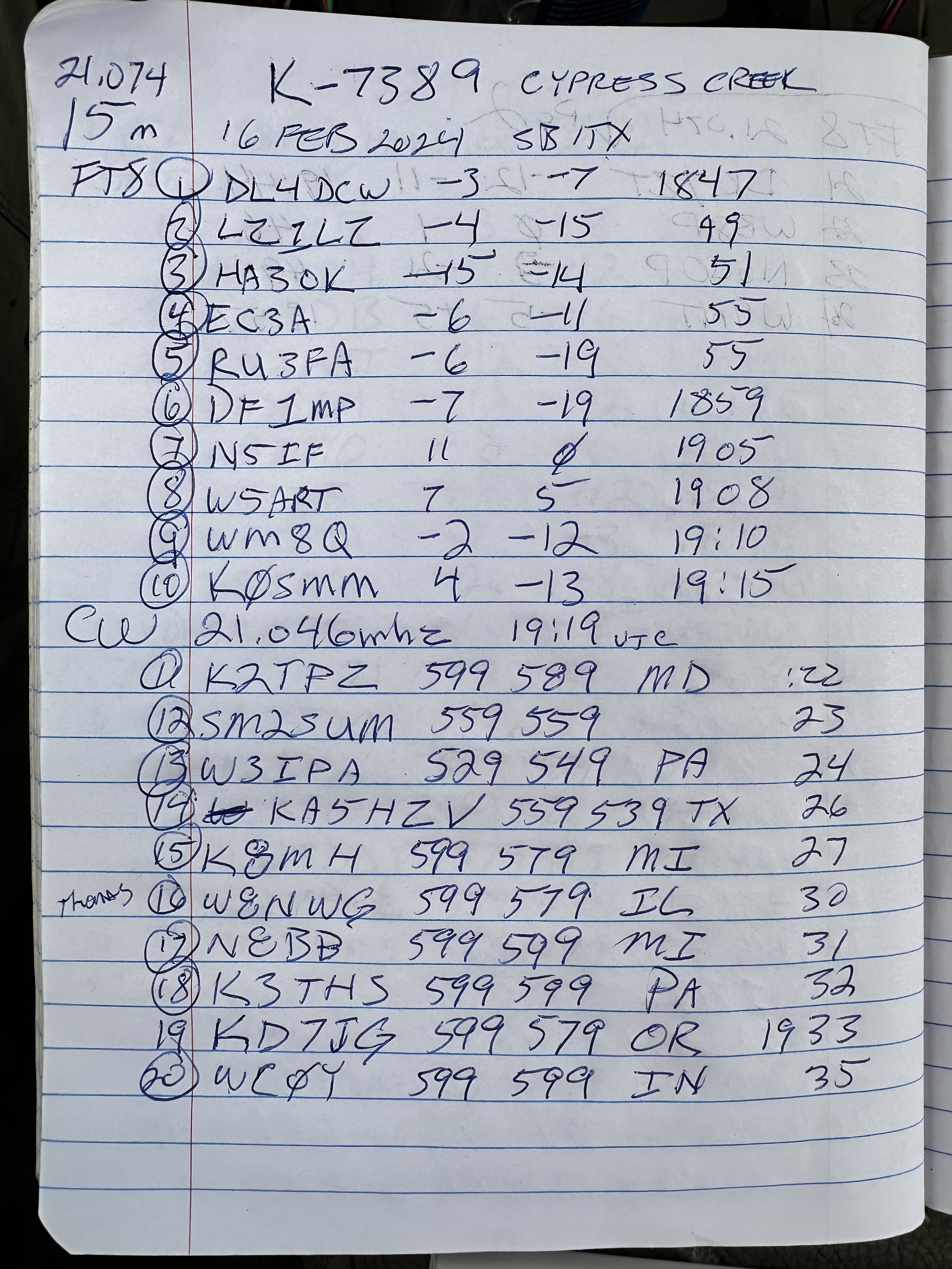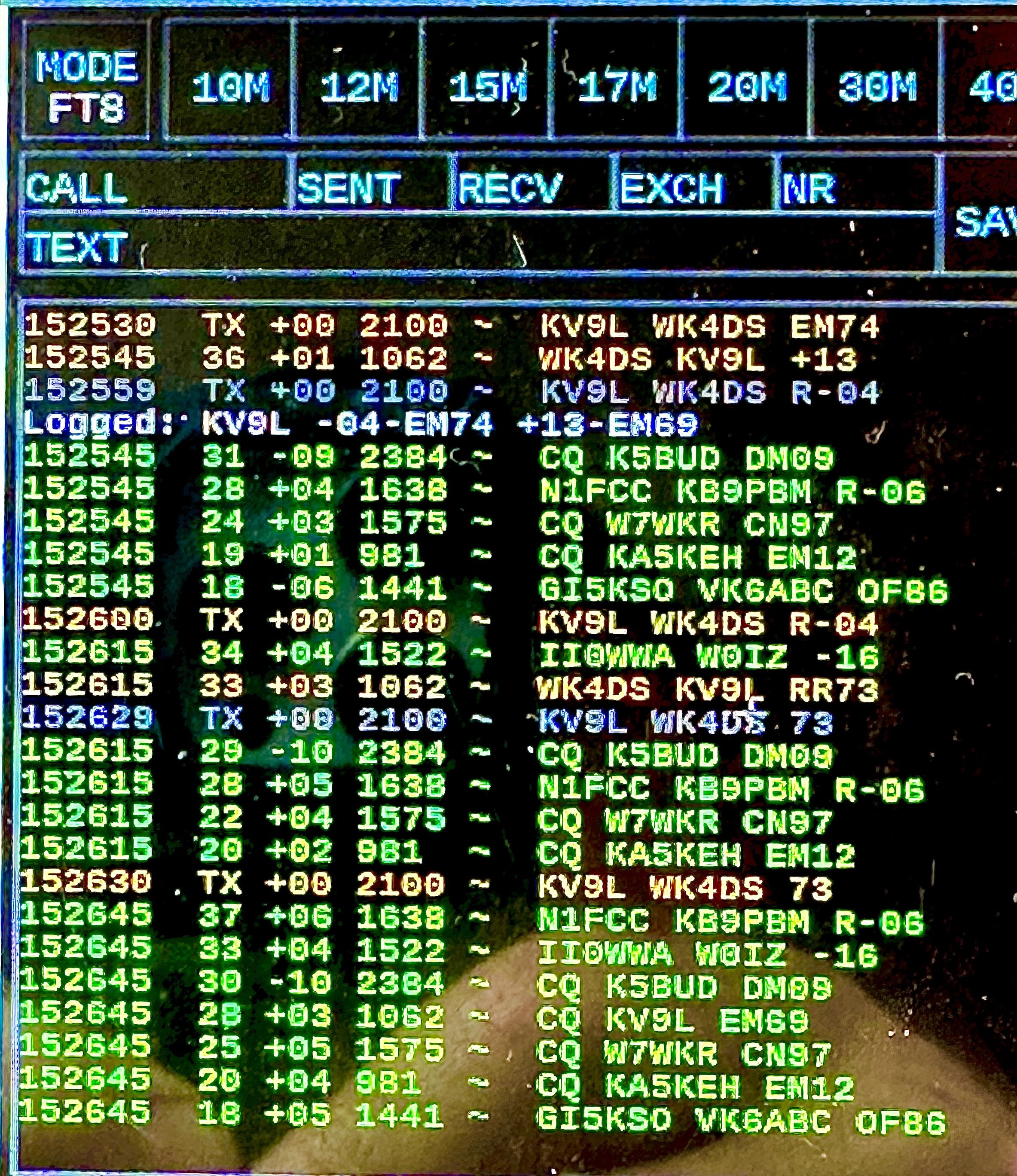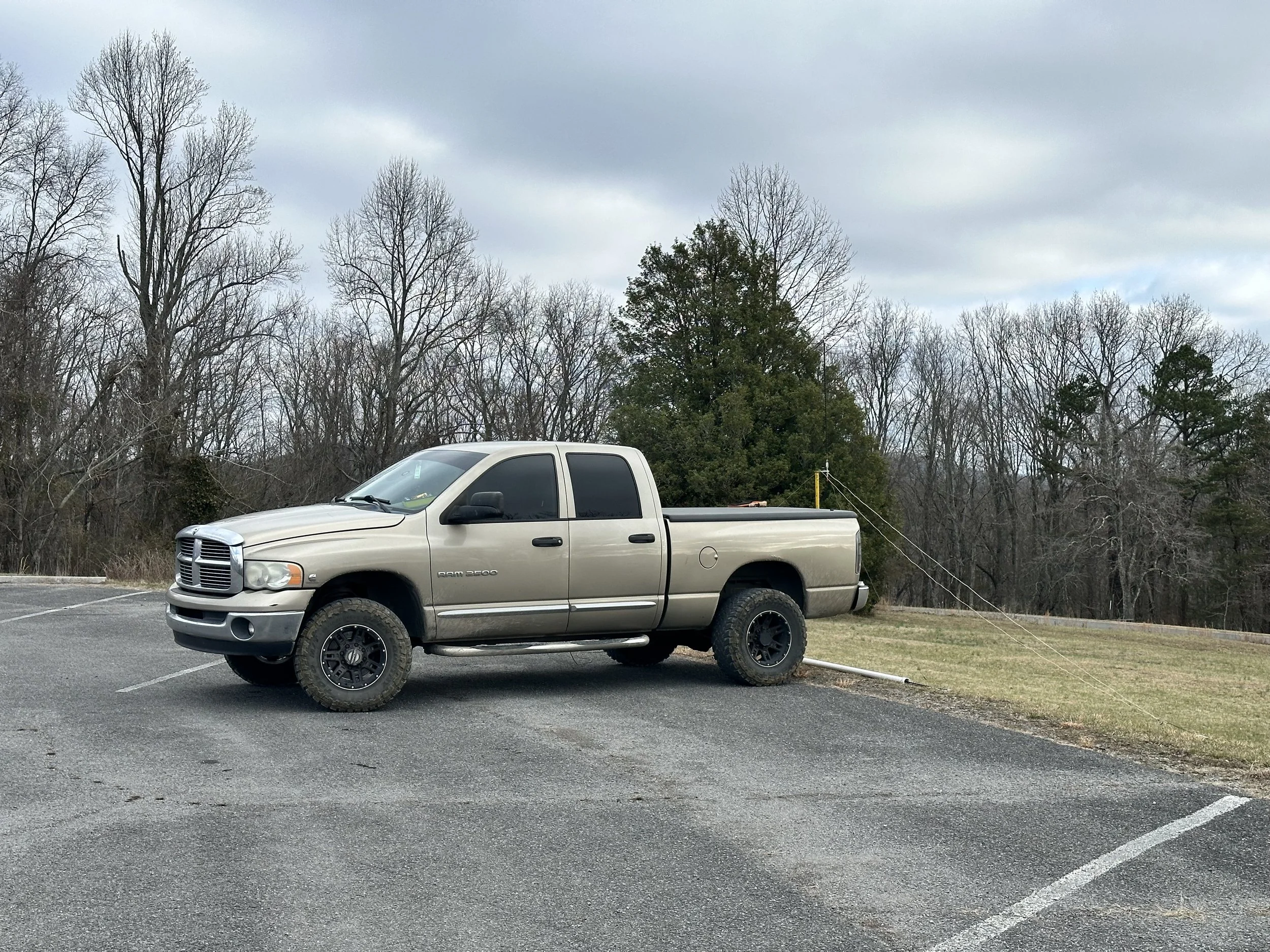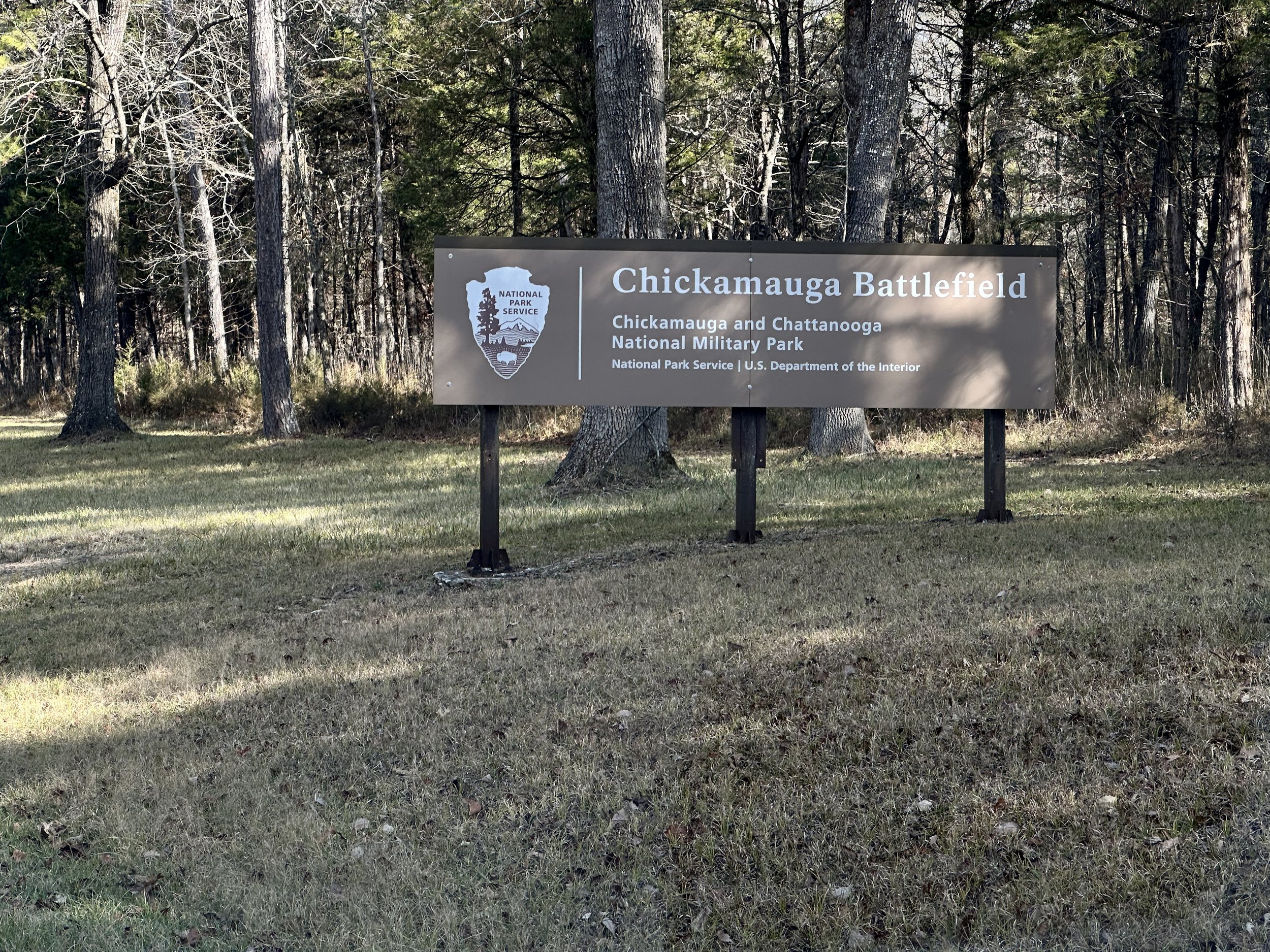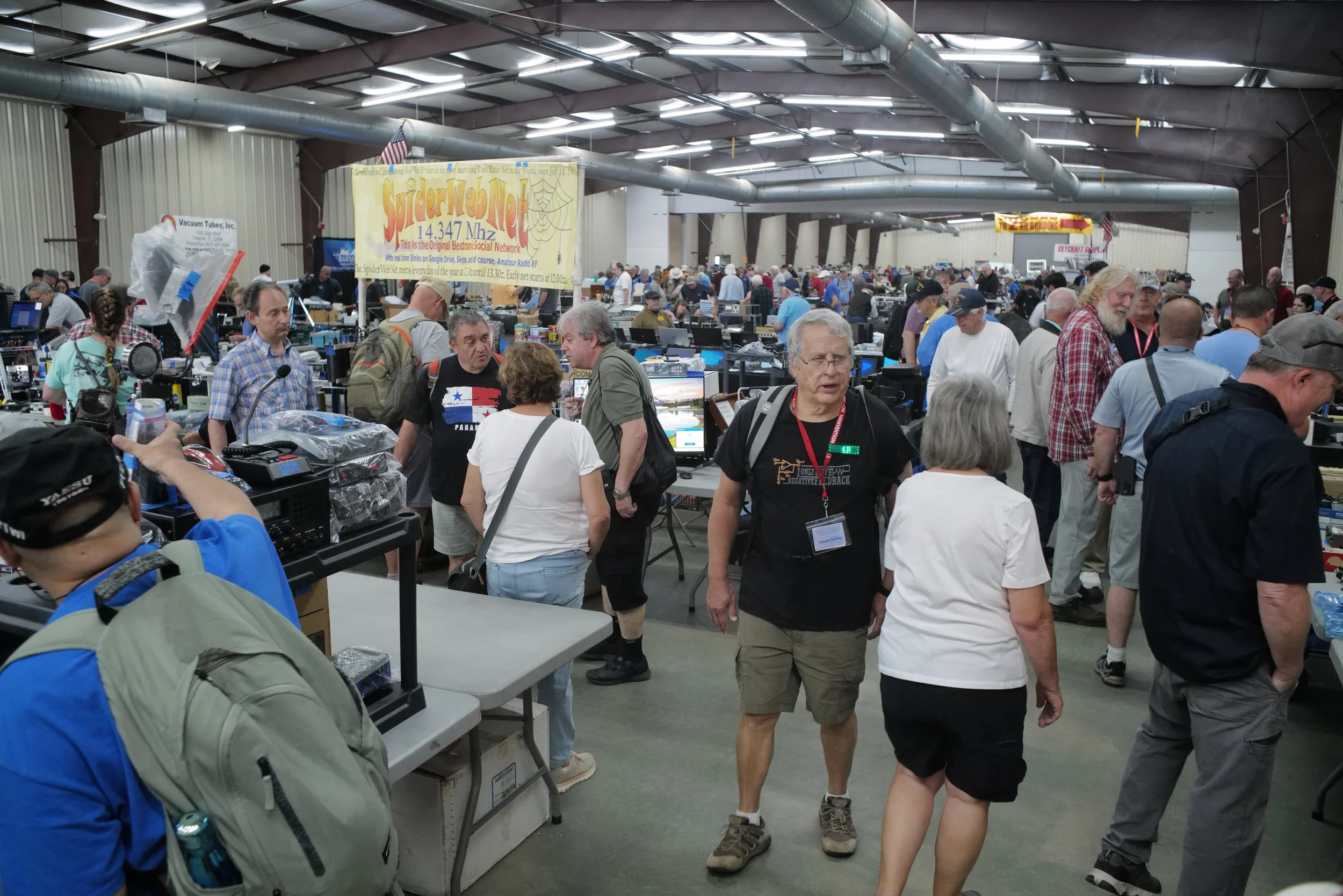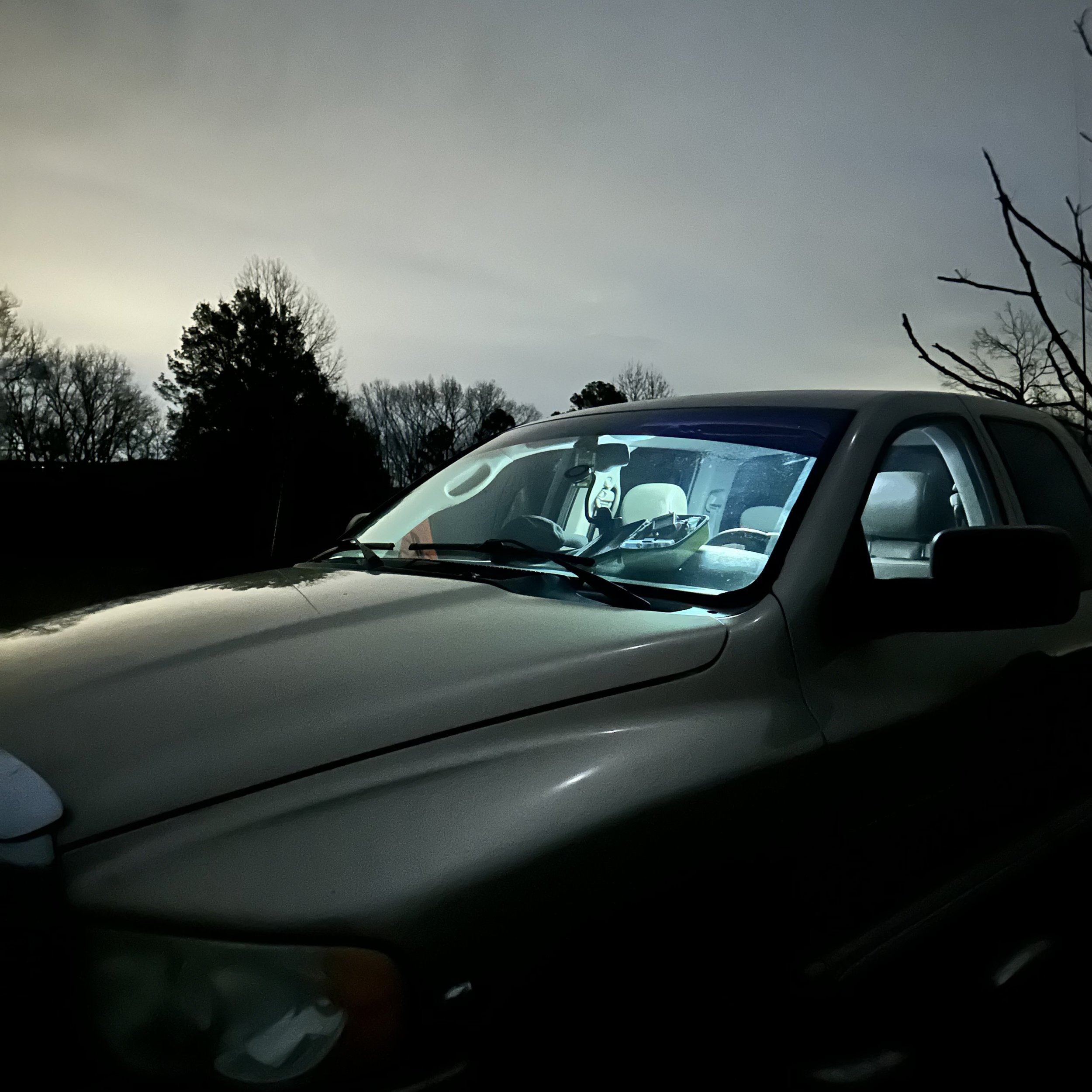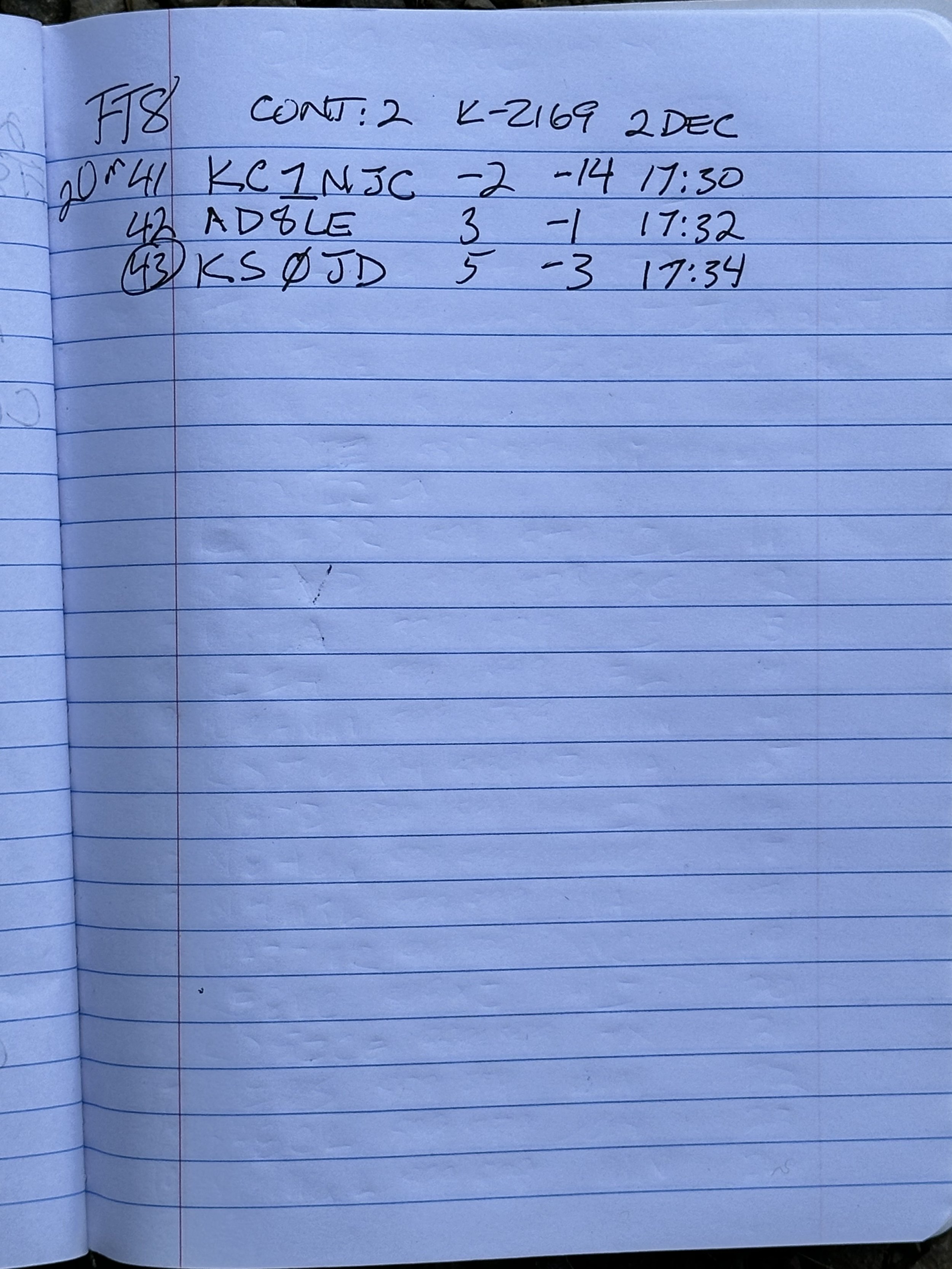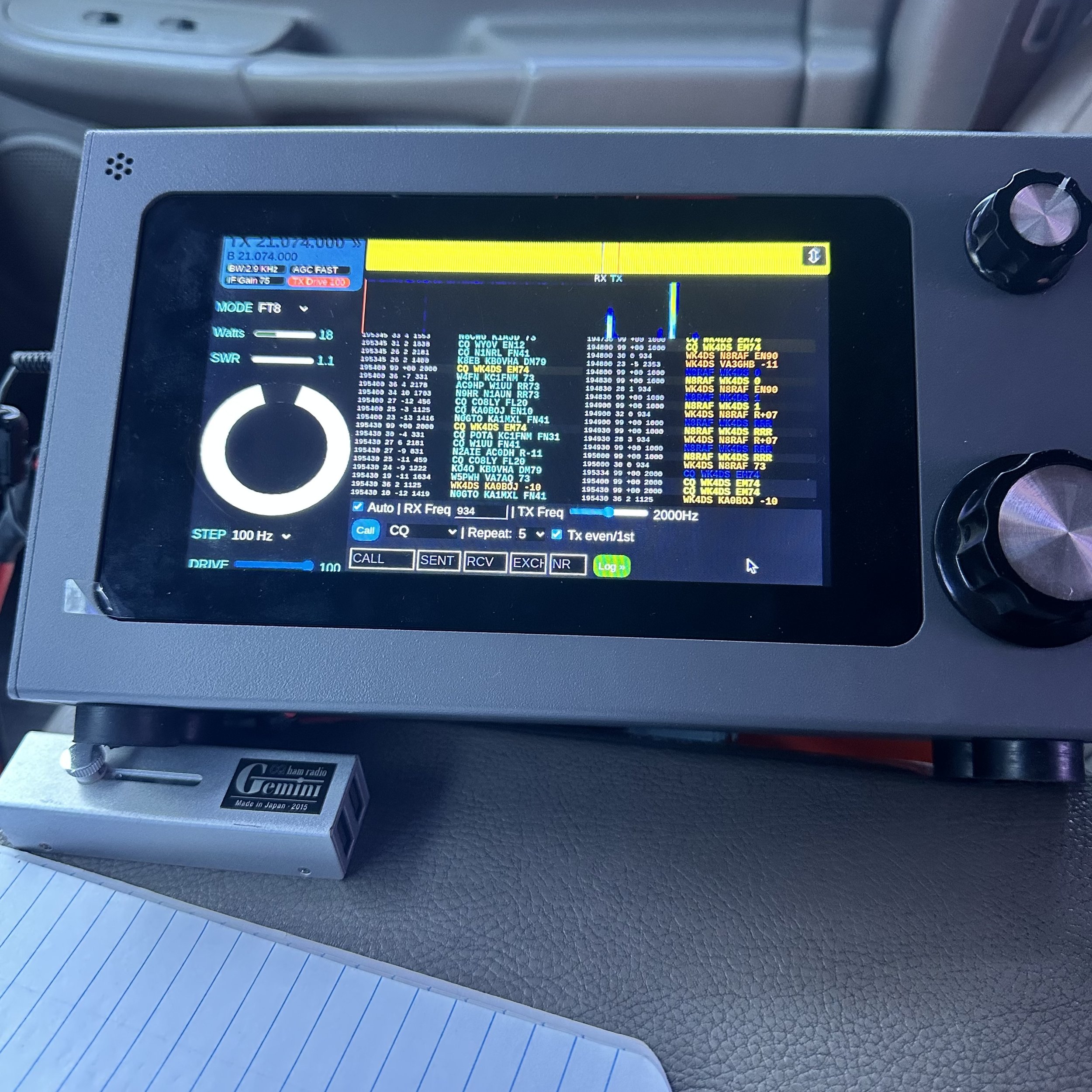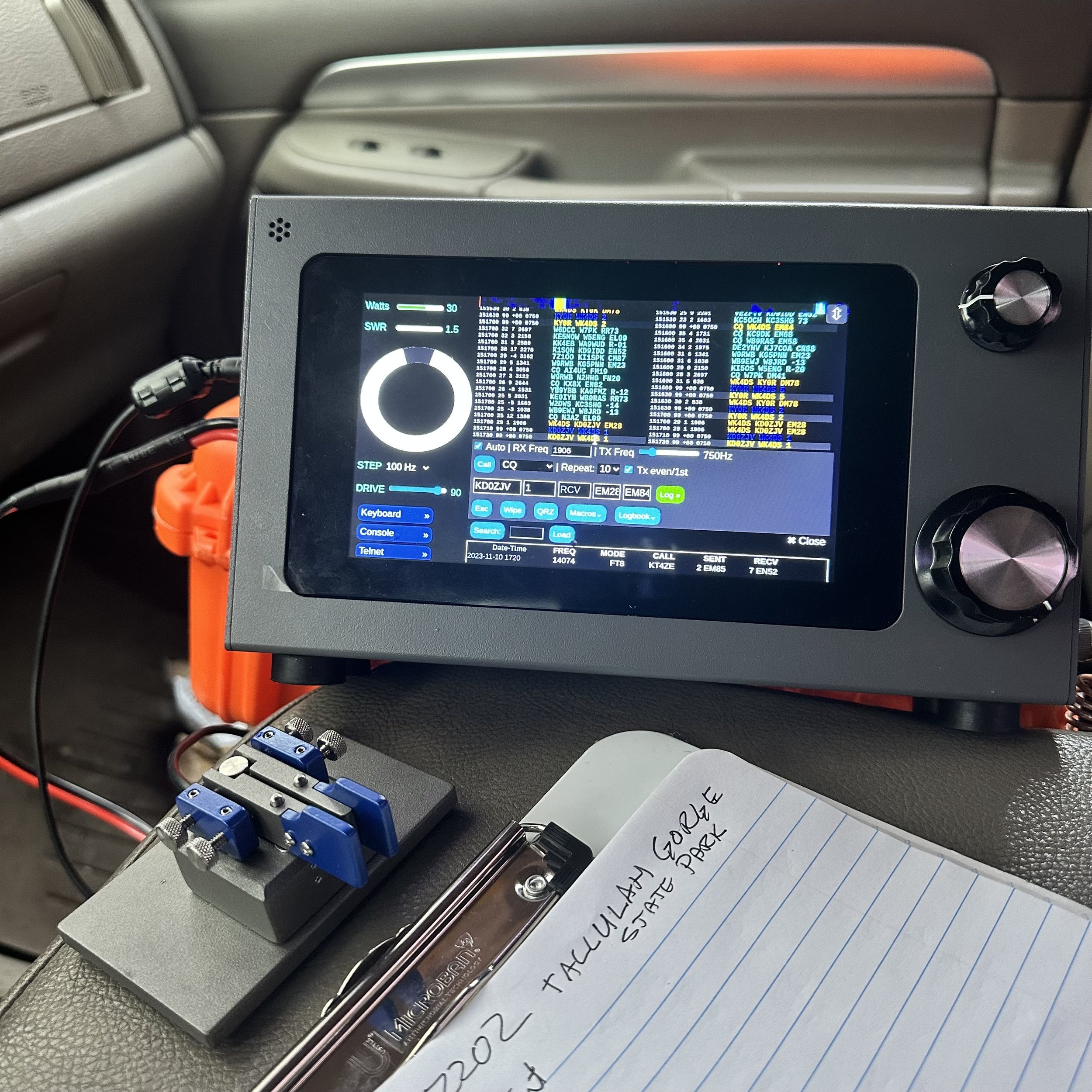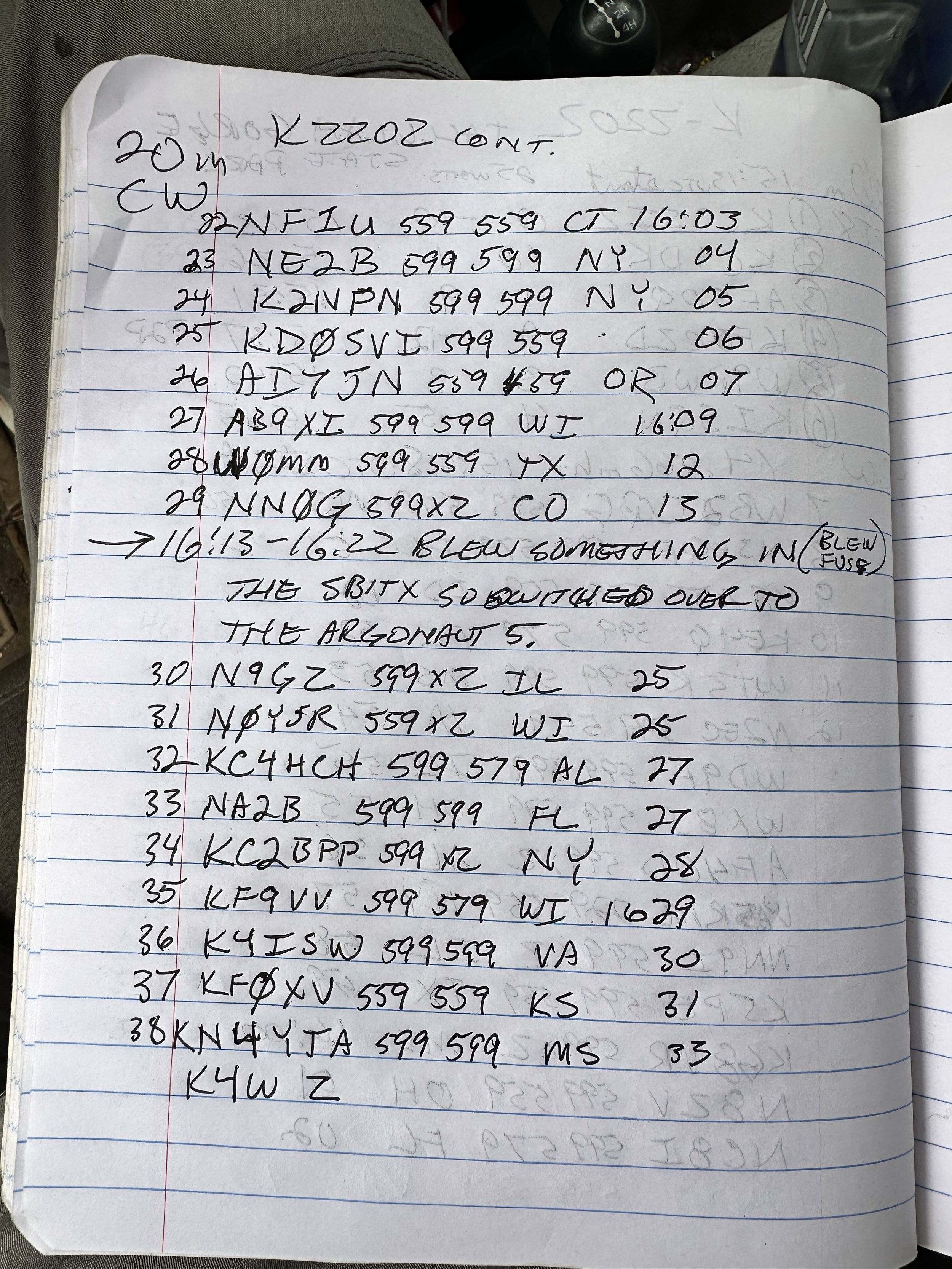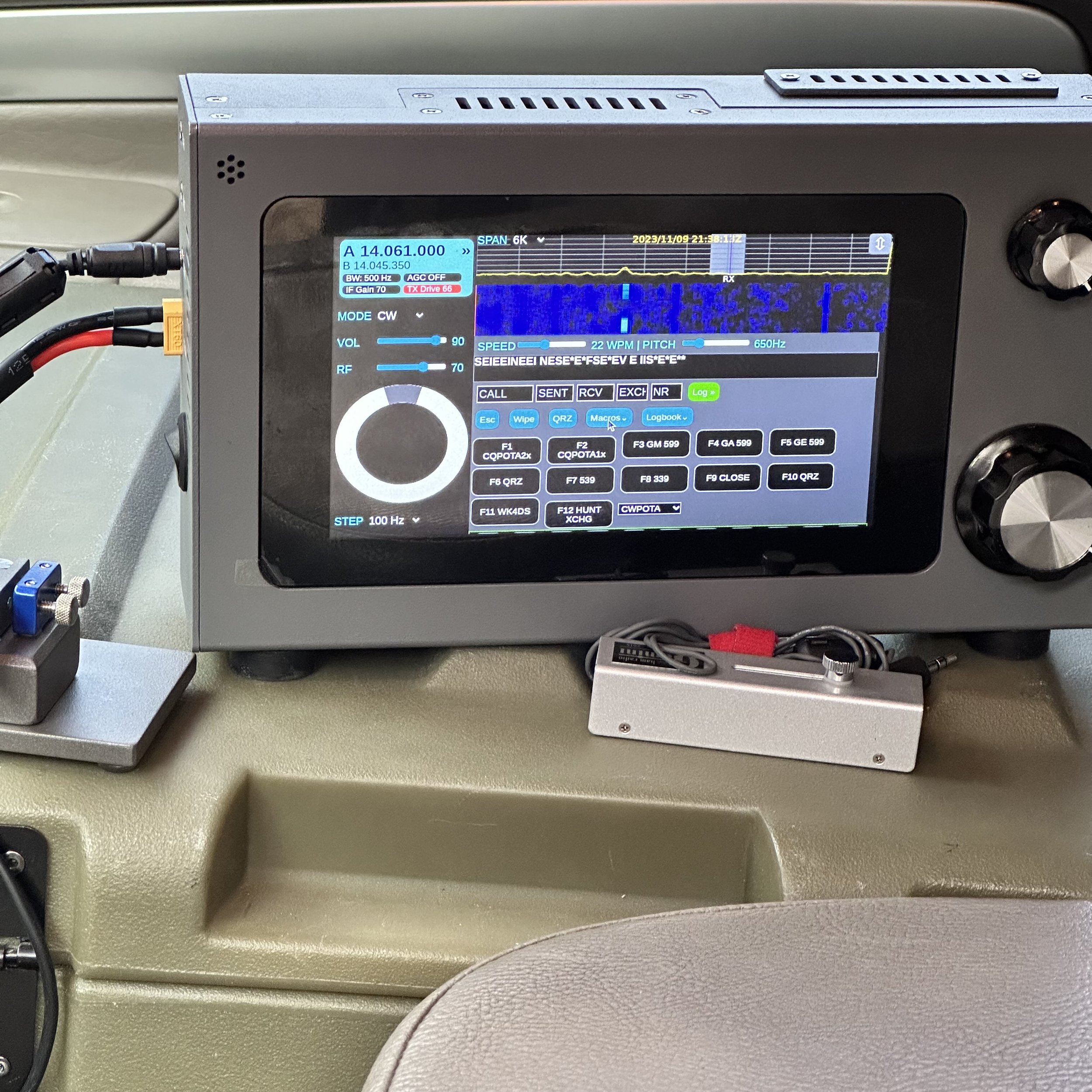I recently added a new device to my shack for the QRP section. It is the WA4MCM SWR/Wattmeter and this thing is really cool. A little background about Don is that he started selling these on QRZ.com in the “Ham Made Gear” section and immediately sold out the first batch! I figured when things calmed down a little that I would get one then and it slipped to the back burner from there. Then I found him at Hamcation!
To be fair, this is intended to be a kit that you build and tune yourself. But I found Don at Hamcation and after talking with him for a while figured out that for a small nominal fee, he would build and tune it as well! Below is a photo of his display where he was demonstrating his remote antenna switches as well as his wattmeter.
Opening the box, you are greeted with a note asking if you liked everything (which is a nice touch) and then you have all the goodies!
Then the 3.5mm audio cable is the comm link between the sensor and the meter, then there is a stylus for the touchscreen. Next is the 12v 1amp power supply so you can power it from wall power if you want. I made up a simple power cable to plug into my powerpole strip that is fused and fed from a Ten Tec 20amp powersupply instead so I can power down the whole shack with one switch.
Next is the sensor, which is rated for full legal limit power, but is sensitive enough to go down to .1watt increments should you need it. Finally is the meter itself. It has a power switch on the back as well as the 12vdc port and the sensor port.
He has written an extensive owners manual that covers usage as well as calibration. It is not printed though, so if you want a hard copy like I want, you will need to print it out yourself.
The unit has two power ranges to choose from 20, 200, 2000 and 10, 100, 1000. To switch between these requires you to retune the meter so it is a thing you do not take lightly. I plan to retune to the lower settings at some point as this is going to stay under 1000 watts (my amplifier is only 400 watts anyway). But for now I am using it as the 20 watt version. I currently have it connected to my QRP station as I mentioned earlier and it works fine in this role.
This meter has several features I love such as multiple display options like an analog needle style display as well as the bar graph above and a simple large number numeric display if you are having trouble seeing smaller numbers. It also being a touch screen has a “sleep” mode where the display turns off after a preset amount of time you choose in the settings menu. To wake it up, simply touch the screen and it is back online. It is a great tool and I wished I had bought one sooner to be honest about it.
73
WK4DS













































